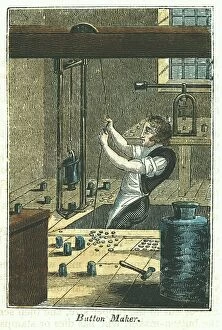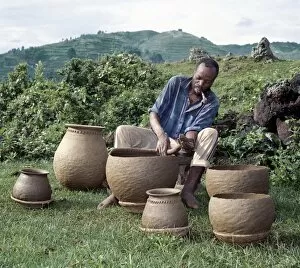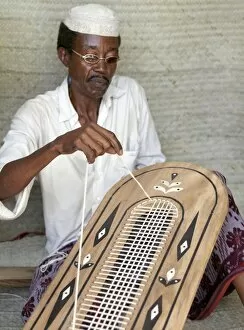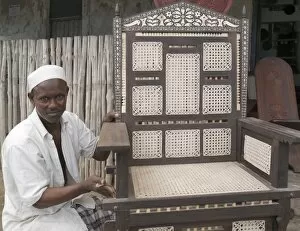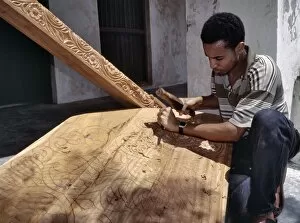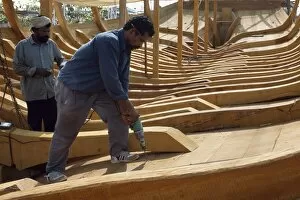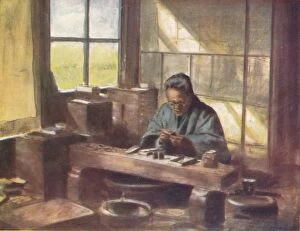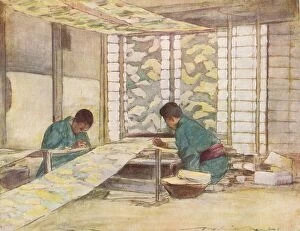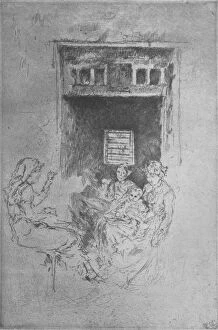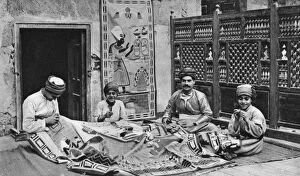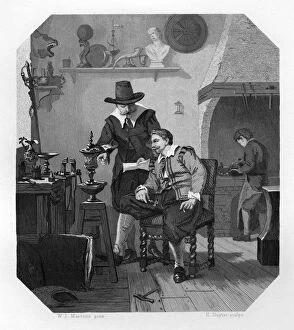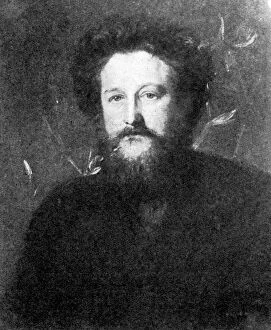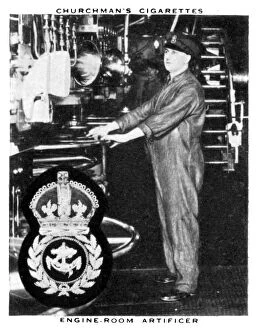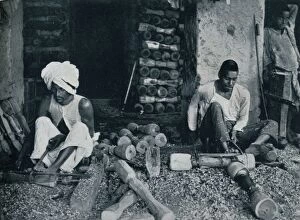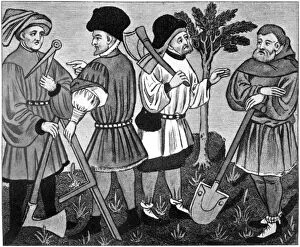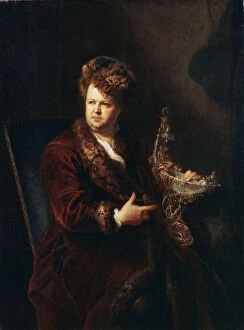Craftsman Collection (#96)
Craftsmanship is an art that transcends time and spans across various fields
For sale as Licensed Images
Choose your image, Select your licence and Download the media
Craftsmanship is an art that transcends time and spans across various fields. From the meticulous strokes of Gustave Caillebotte's brush capturing the intensity of planers in action, to Arnold Bocklin's portrayal of a centaur observing the village blacksmith, these artworks remind us of the skill and dedication required to master a craft. Intriguing glimpses into history take us back to medieval times, where we witness a goldsmith delicately shaping precious metals into intricate jewelry. Meanwhile, Mr. George Lailey immerses himself in the ancient craft of wooden bowl making at Bucklebury, Berks, preserving traditional techniques for future generations. The manufacturing process comes alive as we observe cork balls being meticulously crafted at Chingford in 1922. The watchmaker's steady hands bring life to intricate timepieces while revealing their inner workings. And through an oil painting from the 1770s, we catch a glimpse of an iron forge bustling with activity as sparks fly and metal takes shape under skilled hands. The blacksmith's forge becomes a sanctuary where fire meets steel, transforming raw materials into functional works of art. A farrier tends to horses' hooves with precision and care—a testament to both craftsmanship and animal welfare. Metallurgy emerges as a powerful force during the Industrial Revolution with Fourchambault Forge standing tall as a symbol of progress and innovation. Terracotta rhubarb forcers showcase how even everyday objects can be elevated through craftsmanship—combining functionality with aesthetic appeal. These diverse examples highlight that craftsmanship knows no boundaries—it exists within every profession and discipline, and is born out of passion, honed by experience, and passed down through generations—a timeless tradition that continues to inspire awe today.

